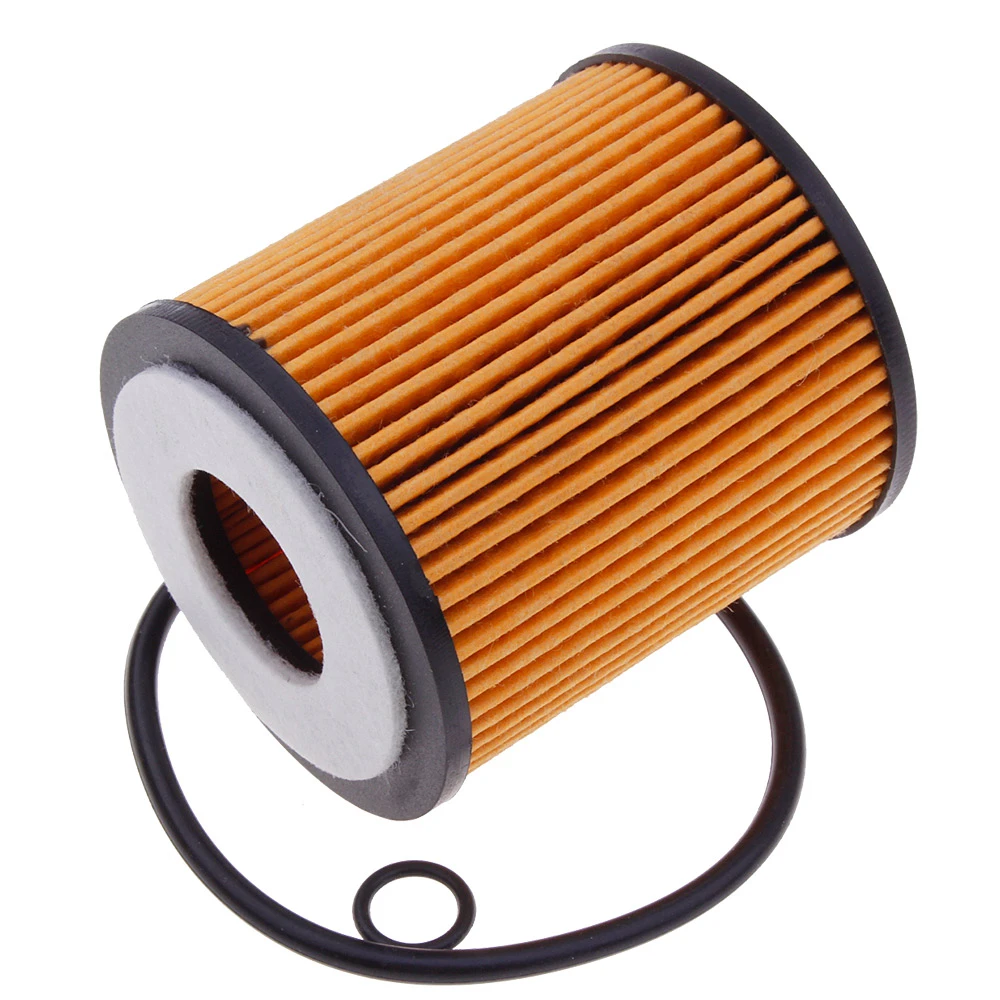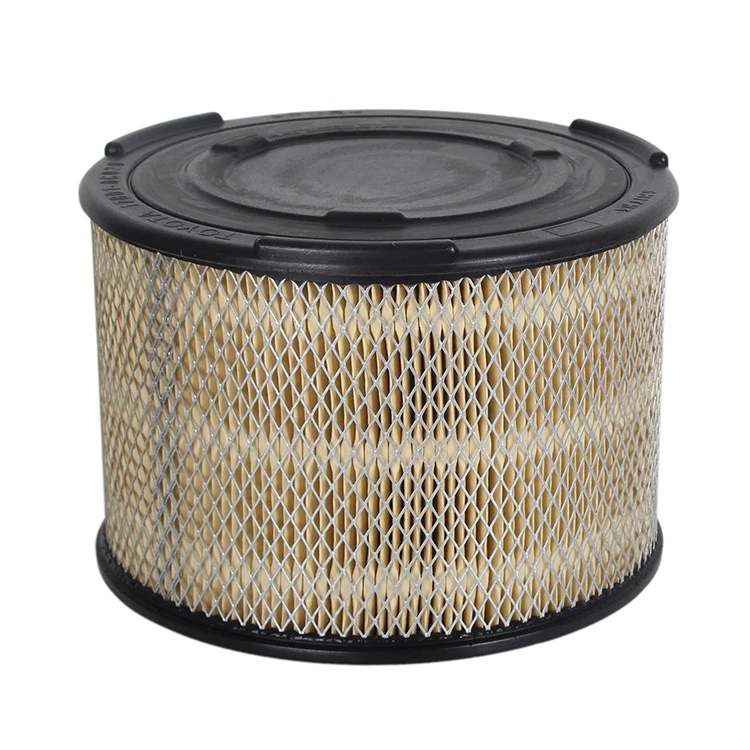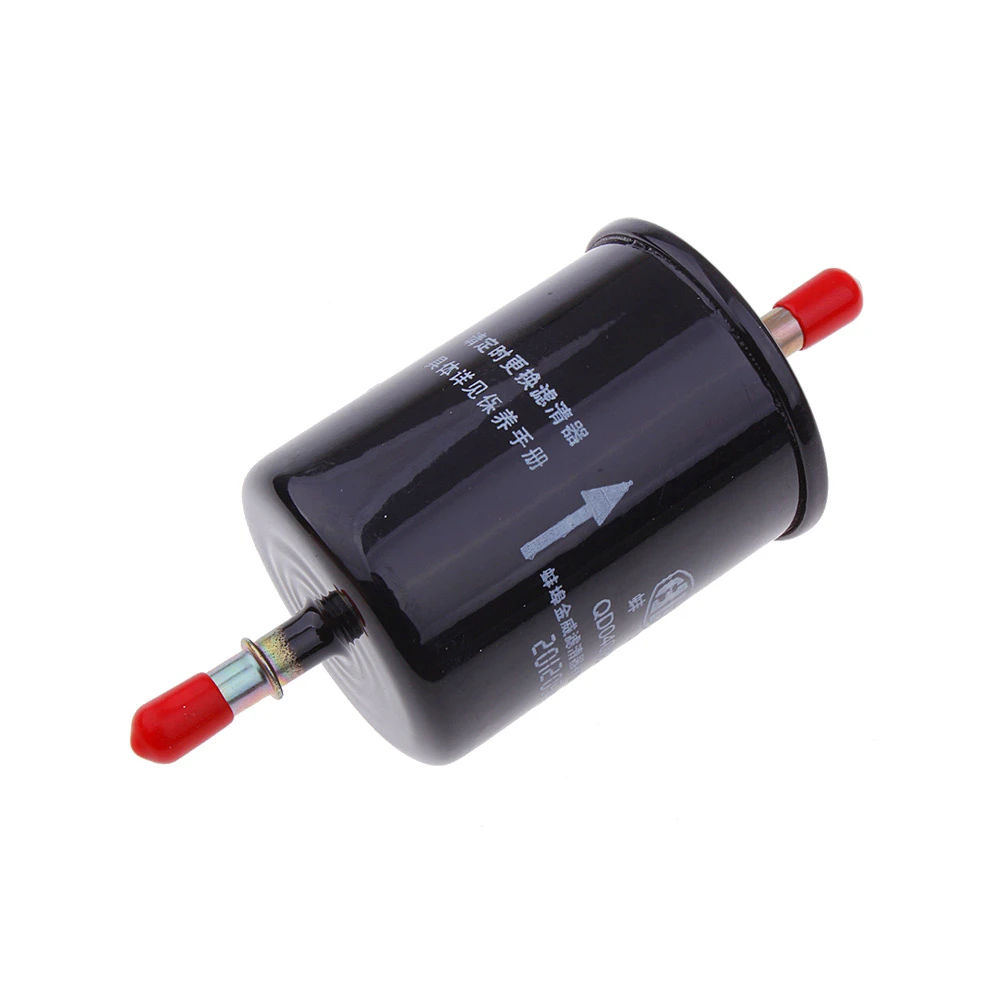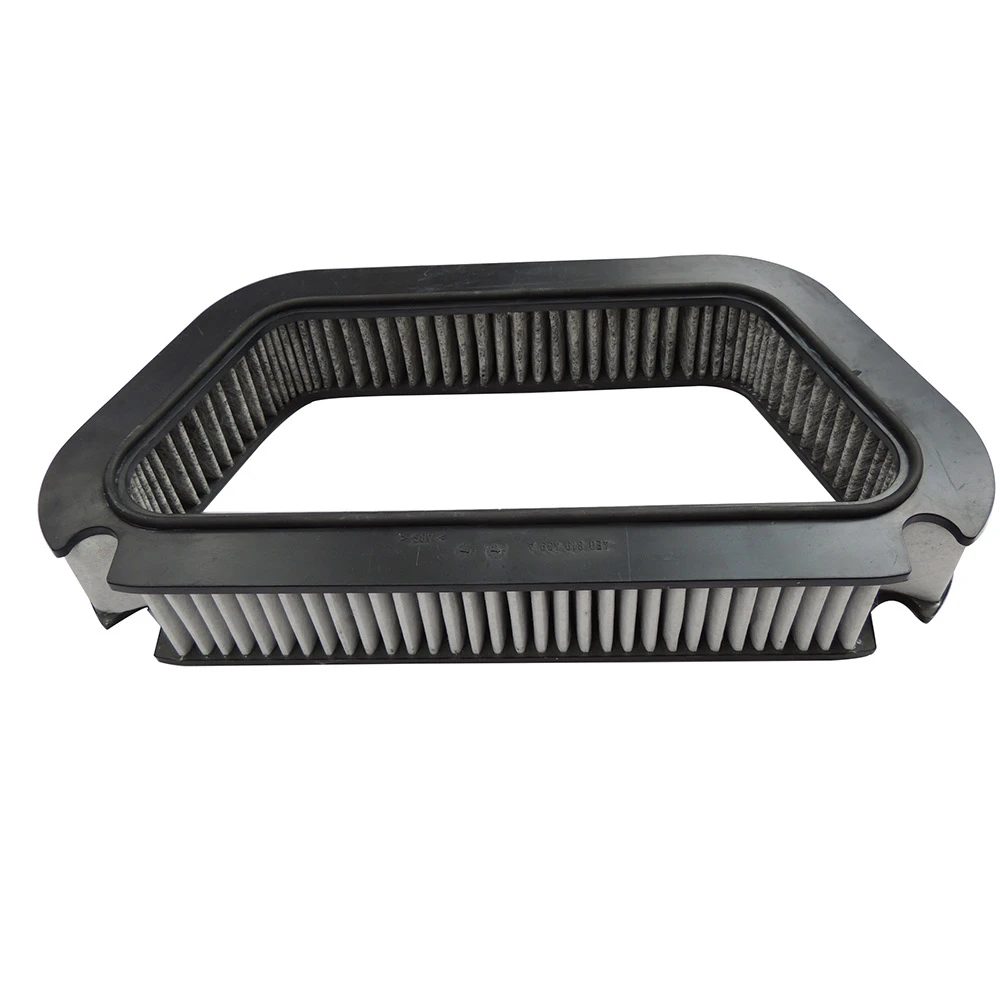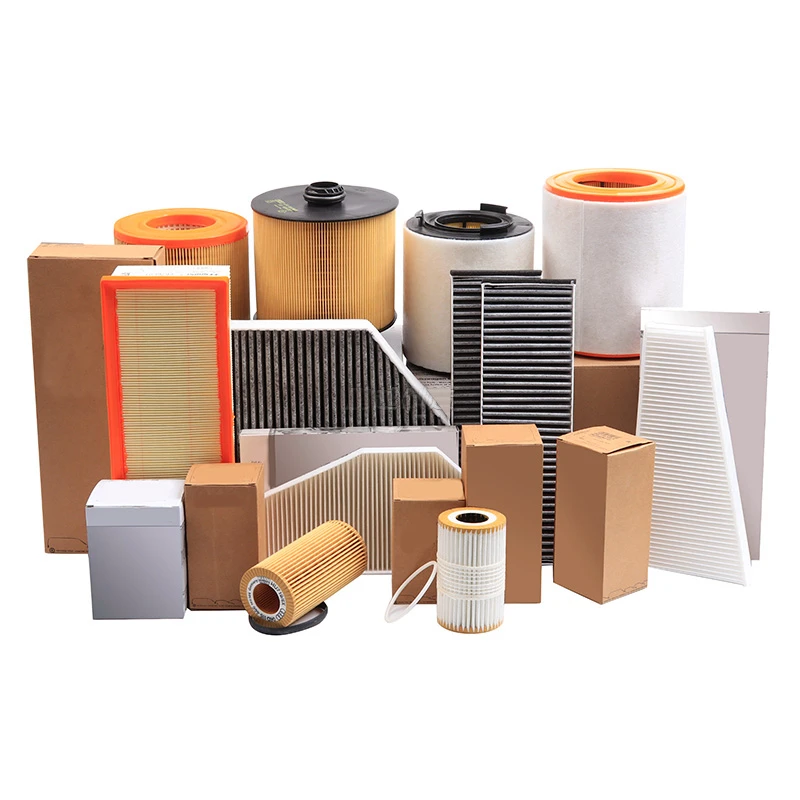
- Importance of cabin air filter maintenance
- Technical specifications and performance differences
- Leading manufacturer comparison analysis
- Vehicle-specific replacement solutions
- Real-world application case studies
- Step-by-step filter replacement guide
- Optimizing your maintenance schedule
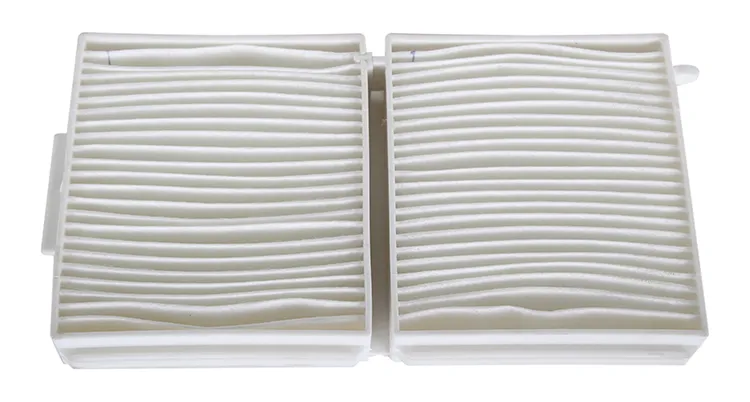
(how often does cabin filter need to be changed)
Understanding How Often Your Cabin Air Filter Needs Changing
Automotive cabin air filters typically require replacement every 15,000-30,000 miles under standard driving conditions. This maintenance interval varies significantly based on environmental factors, vehicle usage patterns, and manufacturing specifications. Drivers navigating polluted urban environments may need replacements every 12 months, while those in rural areas could extend service intervals to 24 months. Neglecting cabin filter maintenance causes a 15-20% reduction in airflow velocity within 18 months of operation, according to SAE International testing protocols. Particulate matter accumulation follows a logarithmic progression, with filters capturing approximately 90% of contaminants during their effective lifespan before performance sharply declines.
Technical Advantages of Modern Filtration Systems
High-end cabin filters now incorporate electrostatically charged layers that attract particles below 0.3 microns – a capability previously exclusive to HEPA systems. These innovative materials achieve 98.5% particle capture efficiency while maintaining optimal airflow resistance between 30-55 Pascals. Premium carbon-infused filters contain up to 150g of activated charcoal per square meter to neutralize odors and ozone concentration. Vehicle manufacturers increasingly implement dual-filter configurations in luxury models, creating redundant filtration stages that extend functional lifespan by 40%. Computational fluid dynamics modeling demonstrates that optimized pleat geometries in recent designs increase surface area utilization by 28% while reducing boundary layer separation issues prevalent in economy filters.
Manufacturer Replacement Standards Comparison
| Manufacturer | Standard Interval | Severe Service | Filtration Level | Material Technology |
|---|---|---|---|---|
| Toyota/Lexus | 30,000 miles | 15,000 miles | 94% @ 0.5 microns | Multilayer synthetic |
| Honda/Acura | 25,000 miles | 12,000 miles | 97% @ 0.3 microns | Electrostatic nanofiber |
| Ford/Lincoln | 20,000 miles | 10,000 miles | 92% @ 1.0 microns | Cellulose/carbon blend |
| BMW | 15,000 miles | 7,500 miles | 99% @ 0.3 microns | Dual-layer microporous |
| Mercedes-Benz | 20,000 miles | 10,000 miles | 99.3% @ 0.1 microns | Charged particle adsorption |
Customized Replacement Strategies by Region
Driving environment substantially alters filter service requirements beyond manufacturer recommendations. Metropolitan dwellers should consider replacements every 12 months regardless of mileage because urban pollution creates filter saturation 3.2 times faster than rural environments. Climate-controlled garages prolong filter life by 18% compared to street-parked vehicles exposed to organic decay agents. Owners navigating wildfire-prone regions require specialized filters every 6 months during fire season - microscopic ash residues become permanently embedded in filtration media, reducing efficiency by 45%. Highway commuters benefit from extending intervals to 35,000 miles since sustained airflow actually clears larger particulate debris through gravitational settling within the housing.
Practical Implementation Case Studies
Arizona Department of Transportation fleet logs demonstrated a 62% reduction in air conditioning repairs after implementing biannual cabin filter replacements across their 300-vehicle fleet - particulate contamination directly correlated with evaporator core failures. Ride-sharing operators in Los Angeles documented 41% fewer interior cleaning requirements after decreasing filter replacement intervals from manufacturer specifications to 10,000 miles. A Pennsylvania-based auto shop analyzed airflow measurements across 500 maintenance records, finding that filters over two years old exhibited average flow restriction of 2.8 inches water column, compared to 1.2 inches for new filters - significantly impacting defogging performance. Luxury dealership technicians report 90% of cabin odor complaints resolve immediately with filter replacement rather than costly HVAC servicing.
Complete Filter Replacement Procedure
Replacement typically requires under 15 minutes using standard tools in most passenger vehicles. Access involves either glove compartment removal (common to 78% of Asian imports) or under-hood access panel (standard in 65% of American models). Always disconnect negative battery terminal before commencing work. After locating the housing, release spring clips without applying excessive force that can damage plastic retaining tabs. Document original filter orientation - 68% of filters contain directional arrows indicating airflow path. Insertion angle must not exceed 15 degrees from horizontal to avoid damage to filter media pleats. Post-installation testing should confirm HVAC blower motor operation at all speed settings without vibrations that indicate improper seating.
Establishing Your Optimal Replacement Schedule
The crucial question remains - how often does car air filter need changing specifically for your vehicle? Develop a personalized schedule beginning with manufacturer recommendations and adjusting for environmental factors through practical evaluation methods. Monitor HVAC airflow intensity monthly, replacing filters when airflow diminishes by 30% compared to post-replacement performance. Conduct the "white tissue test" by placing a tissue before vents during recirculation mode - fluttering indicates acceptable airflow while stationary paper demonstrates critical restriction. Annually inspect accessible filter edges for visible debris accumulation in outer pleats. These practical assessments provide accurate indicators regardless of arbitrary mileage intervals, ensuring clean cabin air through scientifically validated maintenance practices.
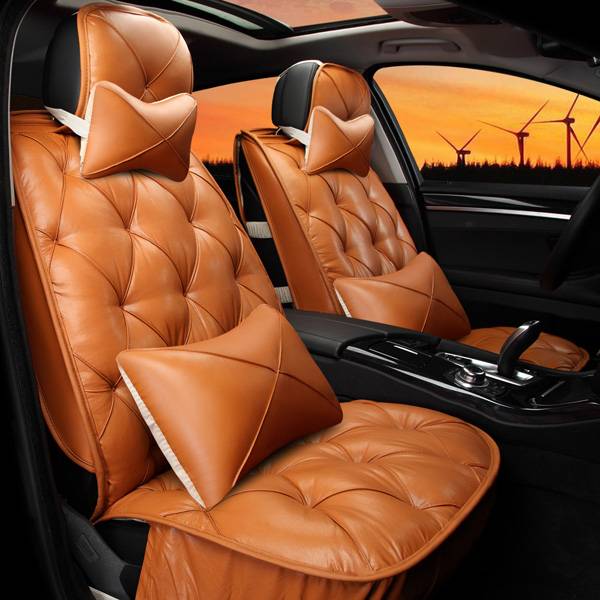
(how often does cabin filter need to be changed)
FAQS on how often does cabin filter need to be changed
Q: How often does a cabin filter need to be changed?
A: Typically, cabin filters should be replaced every 15,000 to 30,000 miles or once a year. Driving in dusty or polluted areas may require more frequent changes. Always check your vehicle’s manual for specific recommendations.
Q: How often does a car air filter need to be changed?
A: A car’s engine air filter is usually replaced every 12,000 to 15,000 miles. Severe driving conditions may shorten this interval. Consult your manufacturer’s guidelines for precise timing.
Q: How often do car filters need to be changed in general?
A: Cabin filters and engine air filters have different schedules, typically ranging from 12,000 to 30,000 miles. Filters like oil or fuel filters may vary further. Always follow your vehicle’s maintenance schedule.
Q: Does driving environment affect cabin filter replacement frequency?
A: Yes, frequent driving in dusty, polluted, or high-pollen areas may require cabin filter changes every 10,000 miles. Reduced airflow or odors also signal it’s time for a replacement. Regular inspections help avoid delays.
Q: Can a dirty cabin filter impact air conditioning performance?
A: A clogged cabin filter restricts airflow, reducing AC efficiency and cooling. It may also cause unpleasant odors. Replacing it ensures optimal performance and air quality inside the vehicle.
-
Vehicle Performance with Premium Car Filter SolutionsNewsJul.02,2025
-
Upgrade Engine Performance with Timely Air Filter MaintenanceNewsJul.02,2025
-
Optimize Vehicle Health with Timely Air Filter ReplacementNewsJul.02,2025
-
Every Drive with Next-Level Car Filtration SystemsNewsJul.02,2025
-
Driving Comfort with Advanced Air Filtration SystemsNewsJul.02,2025
-
Cleaner with Next-Generation Automotive Air FiltrationNewsJul.02,2025
-
The Importance of Cabin Filter and Engine Filter: The Role and Maintenance of Cabin Filter and Engine FilterNewsJun.25,2025
Related Products
